Home>Gardening & Outdoor>Plant Care & Gardening Tips>What Wildflower Do I Have
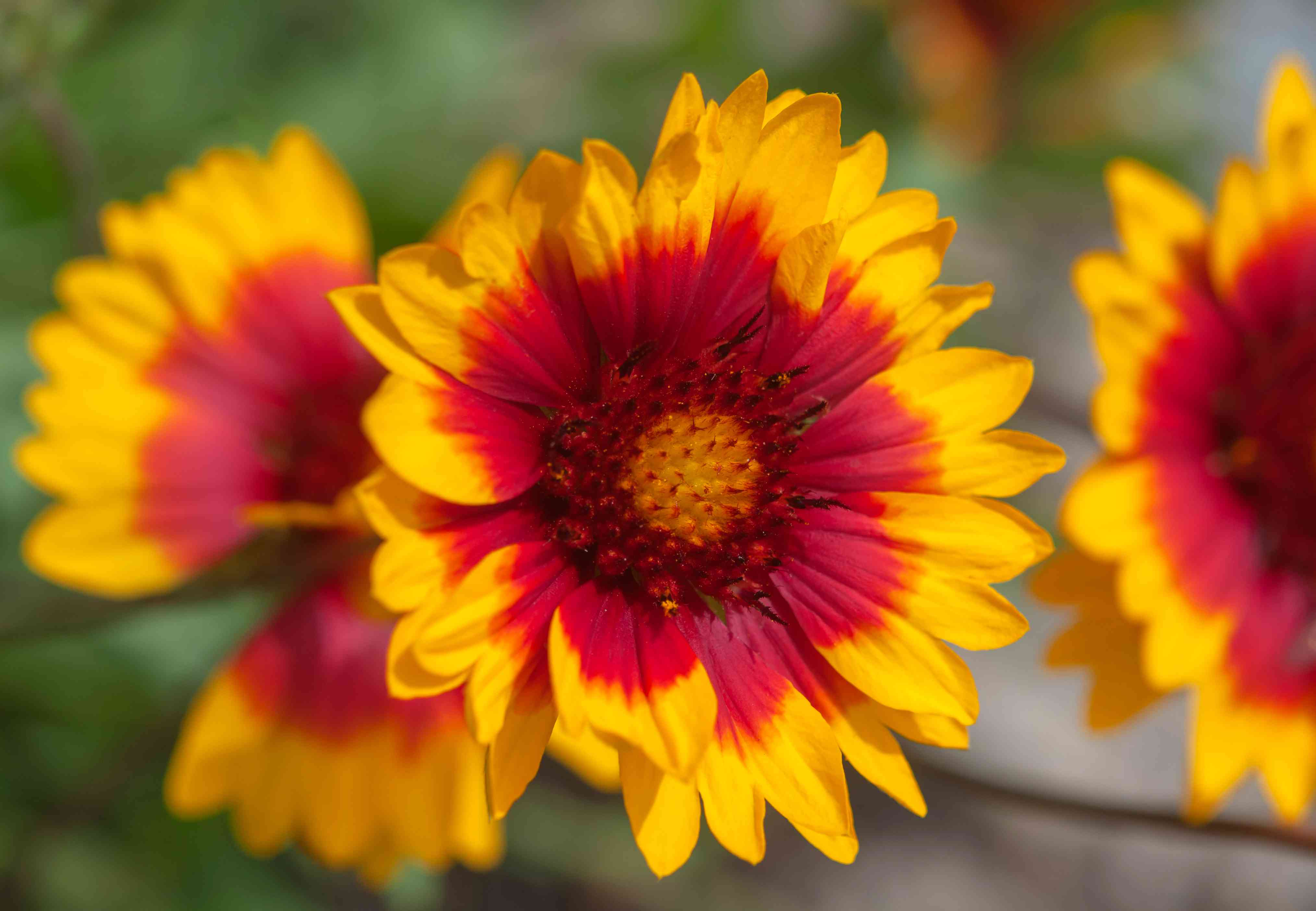

Plant Care & Gardening Tips
What Wildflower Do I Have
Published: December 24, 2023
Discover plant care and gardening tips for identifying and nurturing wildflowers. Learn how to identify and care for your wildflower with expert advice.
(Many of the links in this article redirect to a specific reviewed product. Your purchase of these products through affiliate links helps to generate commission for Storables.com, at no extra cost. Learn more)
Identifying Wildflowers: A Journey into the Enchanting World of Native Flora
Introduction
Welcome to the captivating realm of wildflowers, where nature's artistry unfolds in a myriad of colors and forms. Embarking on a journey to identify wildflowers is akin to delving into a treasure trove of botanical wonders, each species bearing its own unique charm and significance. Whether you're an avid nature enthusiast, a curious hiker, or a passionate gardener, the allure of wildflowers is undeniable.
As you traverse meadows, woodlands, and untamed landscapes, the sight of these delicate blooms can evoke a sense of wonder and curiosity. The process of identifying wildflowers not only deepens our connection to the natural world but also allows us to gain insights into the diverse ecosystems that support these floral gems.
In this guide, we will unravel the art of identifying wildflowers, exploring their enchanting characteristics, and discovering some of the most common wildflower species. By honing our observational skills and understanding the nuances of these plants, we can unlock the secrets of the floral tapestry that graces our surroundings. So, let's embark on this botanical odyssey and unveil the beauty and diversity of wildflowers that await us.
Key Takeaways:
- Embrace the wonder of wildflowers by observing their unique characteristics, understanding their habitats, and utilizing resources for identification. Let the beauty of nature inspire and captivate you.
- Engage in the enchanting world of wildflowers by documenting their diverse traits, seeking local expertise, and participating in citizen science projects. Cultivate a deeper understanding and appreciation for these botanical marvels.
Read more: What Type Of Roof Do I Have
Identifying Wildflowers
Embarking on the journey of identifying wildflowers is a delightful endeavor that allows us to appreciate the intricate beauty of these natural wonders. Whether you’re strolling through a meadow, exploring a woodland, or simply observing the flora in your surroundings, the process of identifying wildflowers can be both rewarding and enriching.
When it comes to identifying wildflowers, keen observation is key. Take the time to notice the unique characteristics of each bloom, from the shape and color of the petals to the arrangement of leaves and the overall growth habit of the plant. By paying attention to these details, you can begin to unravel the identity of the wildflowers you encounter.
Furthermore, familiarizing yourself with the diverse habitats where wildflowers thrive can provide valuable clues for identification. Certain species may favor moist, shaded areas, while others may flourish in open, sunny spaces. Understanding the ecological preferences of wildflowers can offer insights into their distinctive features and growth patterns.
Additionally, the use of field guides, botanical keys, and smartphone apps designed for plant identification can serve as valuable resources in the process of recognizing wildflowers. These tools often feature detailed descriptions, photographs, and botanical illustrations that aid in narrowing down the potential species of a wildflower.
As you delve into the realm of wildflower identification, remember that it’s perfectly normal to encounter unfamiliar species. Embrace the sense of curiosity and wonder that arises from discovering a new bloom, and allow yourself to appreciate the diversity that nature offers.
By honing your observational skills, familiarizing yourself with different habitats, and utilizing available resources, you can embark on a fulfilling journey of identifying wildflowers, unraveling their mysteries, and gaining a deeper appreciation for the natural world.
Characteristics of Wildflowers
Wildflowers possess a myriad of captivating characteristics that distinguish them from cultivated garden blooms. Understanding these unique traits can greatly aid in the identification and appreciation of these natural wonders.
Diversity of Shapes and Colors: One of the most enchanting aspects of wildflowers is the sheer diversity of shapes and colors they exhibit. From the delicate, star-shaped blossoms of the aster family to the vibrant, trumpet-like flowers of the morning glory, wildflowers showcase an array of captivating forms and hues that add a touch of natural splendor to their surroundings.
Adaptability and Resilience: Wildflowers have evolved to thrive in a variety of environments, exhibiting remarkable adaptability and resilience. Whether they flourish in sun-drenched meadows, shaded woodlands, or rocky slopes, wildflowers have developed unique features that enable them to withstand diverse growing conditions, making them a testament to nature’s ingenuity.
Seasonal Blooms: Many wildflowers are known for their seasonal blooming patterns, gracing the landscape with bursts of color at different times of the year. From the early spring emergence of delicate woodland ephemerals to the vibrant displays of summer prairie flowers, wildflowers contribute to the ever-changing tapestry of the natural world, offering a spectacle that evolves with the seasons.
Ecological Significance: Beyond their aesthetic appeal, wildflowers play a crucial role in supporting local ecosystems. They provide nectar and pollen for pollinators, serve as food sources for wildlife, and contribute to the overall biodiversity of their habitats. Understanding the ecological significance of wildflowers underscores the importance of conserving and appreciating these invaluable components of natural landscapes.
Botanical Adaptations: The botanical adaptations of wildflowers, such as specialized root structures, unique leaf arrangements, and intricate floral anatomy, contribute to their distinctiveness. These adaptations often reflect the specific ecological niches and evolutionary pathways of wildflower species, offering valuable insights into their biological characteristics.
By recognizing and appreciating the diverse characteristics of wildflowers, we can gain a deeper understanding of their ecological roles, seasonal dynamics, and botanical marvels. These traits not only enrich our encounters with wildflowers but also inspire a profound reverence for the intricate beauty and resilience of these captivating blooms.
When trying to identify a wildflower, take note of its color, shape, and the number and arrangement of its petals. Use a field guide or a plant identification app to help narrow down the possibilities.
Common Wildflower Species
Across diverse landscapes, a rich tapestry of wildflower species graces the earth, each bearing its own unique allure and ecological significance. From sprawling meadows to secluded woodlands, these common wildflowers captivate the senses and contribute to the vibrant mosaic of natural habitats.
1. Black-Eyed Susan (Rudbeckia hirta): With its distinctive dark centers surrounded by golden-yellow petals, the Black-Eyed Susan is a beloved wildflower that thrives in open meadows and prairies. Its cheerful blooms attract pollinators and add a splash of color to late summer and early fall landscapes.
2. Purple Coneflower (Echinacea purpurea): Renowned for its stunning, daisy-like blooms with prominent, spiky centers, the Purple Coneflower is a favorite among pollinators and garden enthusiasts alike. This hardy wildflower graces prairies and open woodlands, offering a vibrant display of pink to purple-hued petals.
3. Butterfly Weed (Asclepias tuberosa): As a vital host plant for monarch butterflies and a beacon for various pollinators, the Butterfly Weed stands out with its clusters of vibrant orange flowers. This resilient wildflower thrives in dry, sunny habitats and adds a burst of color to native plant gardens and prairie landscapes.
4. Wild Bergamot (Monarda fistulosa): Known for its aromatic foliage and distinctive lavender to pinkish-purple flowers, Wild Bergamot graces meadows, prairies, and open woodlands with its charming blooms. This native wildflower is a magnet for bees and hummingbirds, contributing to the biodiversity of its habitat.
5. Showy Goldenrod (Solidago speciosa): With its striking, plume-like clusters of bright yellow flowers, the Showy Goldenrod is a late-season bloomer that illuminates meadows and woodland edges. This wildflower provides essential late-season nectar for pollinators and adds a touch of golden splendor to the autumn landscape.
These common wildflower species represent just a glimpse of the diverse flora that enriches natural environments. Their resilience, beauty, and ecological contributions underscore the importance of preserving and celebrating the splendor of wildflowers in their native habitats.
Tips for Identifying Wildflowers
Embarking on the journey of identifying wildflowers can be an enriching and rewarding experience, allowing us to unravel the mysteries of these captivating blooms. Whether you’re a novice enthusiast or a seasoned naturalist, the following tips can enhance your ability to recognize and appreciate the diverse array of wildflowers that grace our landscapes.
- Observe Habitat and Growing Conditions: Take note of the specific environment where the wildflower is found. Does it thrive in sunny meadows, shaded woodlands, or wetland areas? Understanding the habitat preferences and growing conditions of wildflowers can offer valuable clues for identification.
- Document Unique Characteristics: Pay attention to the distinct features of the wildflower, including the shape, color, and arrangement of the petals, leaves, and stems. Note any unusual patterns, textures, or fragrances that can aid in distinguishing one species from another.
- Utilize Field Guides and Resources: Carry a reliable field guide or utilize smartphone apps designed for plant identification. These resources often contain detailed descriptions, photographs, and botanical illustrations that can assist in narrowing down the potential species of a wildflower.
- Engage in Seasonal Observations: Wildflowers exhibit seasonal blooming patterns, with certain species flowering in spring, summer, or fall. By observing the timing of blooms and the associated foliage, you can gain insights into the identity of the wildflower and its place within the seasonal landscape.
- Seek Local Expertise: Connect with local botanists, naturalists, or gardening groups to gain valuable insights into the wildflowers found in your region. Local expertise can provide nuanced knowledge about native flora and guide you in your identification endeavors.
- Participate in Citizen Science Projects: Engaging in citizen science initiatives focused on wildflower observation and documentation can contribute to ongoing research efforts and provide opportunities to learn from a community of fellow enthusiasts and experts.
- Practice Ethical Foraging and Observation: When observing wildflowers in their natural habitats, practice ethical foraging and observation by avoiding damage to plants and their surrounding ecosystems. Respect protected areas and adhere to conservation guidelines while appreciating the beauty of wildflowers.
By incorporating these tips into your explorations, you can cultivate a deeper understanding of wildflowers and enrich your encounters with these botanical marvels. Embrace the sense of wonder and discovery that accompanies the process of identifying wildflowers, and allow the beauty of nature to inspire and captivate you.
Read more: What Kind Of Fireplace Do I Have
Conclusion
As we conclude our exploration of wildflowers, we are reminded of the boundless beauty and ecological significance that these enchanting blooms bestow upon the natural world. The process of identifying wildflowers not only invites us to unravel the intricacies of botanical diversity but also fosters a profound connection to the landscapes that these floral gems call home.
Through keen observation, appreciation of unique characteristics, and an understanding of diverse habitats, we embark on a journey of discovery that unveils the captivating stories woven into the tapestry of wildflowers. Each species, from the iconic Black-Eyed Susan to the delicate Butterfly Weed, contributes its own chapter to the narrative of native flora, enriching ecosystems and captivating the hearts of admirers.
As we immerse ourselves in the beauty of wildflowers, we are reminded of the importance of conservation and stewardship. Preserving the habitats that sustain these blooms is essential for safeguarding their splendor for generations to come. By nurturing a deeper understanding of wildflowers and their ecological roles, we can advocate for the protection of natural landscapes and the preservation of biodiversity.
Furthermore, the process of identifying wildflowers invites us to embrace the art of mindful observation and attunement to the rhythms of the natural world. It encourages us to slow down, engage our senses, and cultivate a sense of wonder that transcends the boundaries of everyday life.
As we continue to explore the enchanting world of wildflowers, let us carry forward a spirit of curiosity, reverence, and conservation. May our encounters with these botanical treasures inspire us to cherish the delicate beauty of wildflowers and to nurture a deep-rooted connection to the wondrous ecosystems that they grace.
With each wildflower we encounter, we are invited to celebrate the resilience, diversity, and enduring allure of these precious blooms, enriching our lives and the natural landscapes that they call home.
Frequently Asked Questions about What Wildflower Do I Have
Was this page helpful?
At Storables.com, we guarantee accurate and reliable information. Our content, validated by Expert Board Contributors, is crafted following stringent Editorial Policies. We're committed to providing you with well-researched, expert-backed insights for all your informational needs.



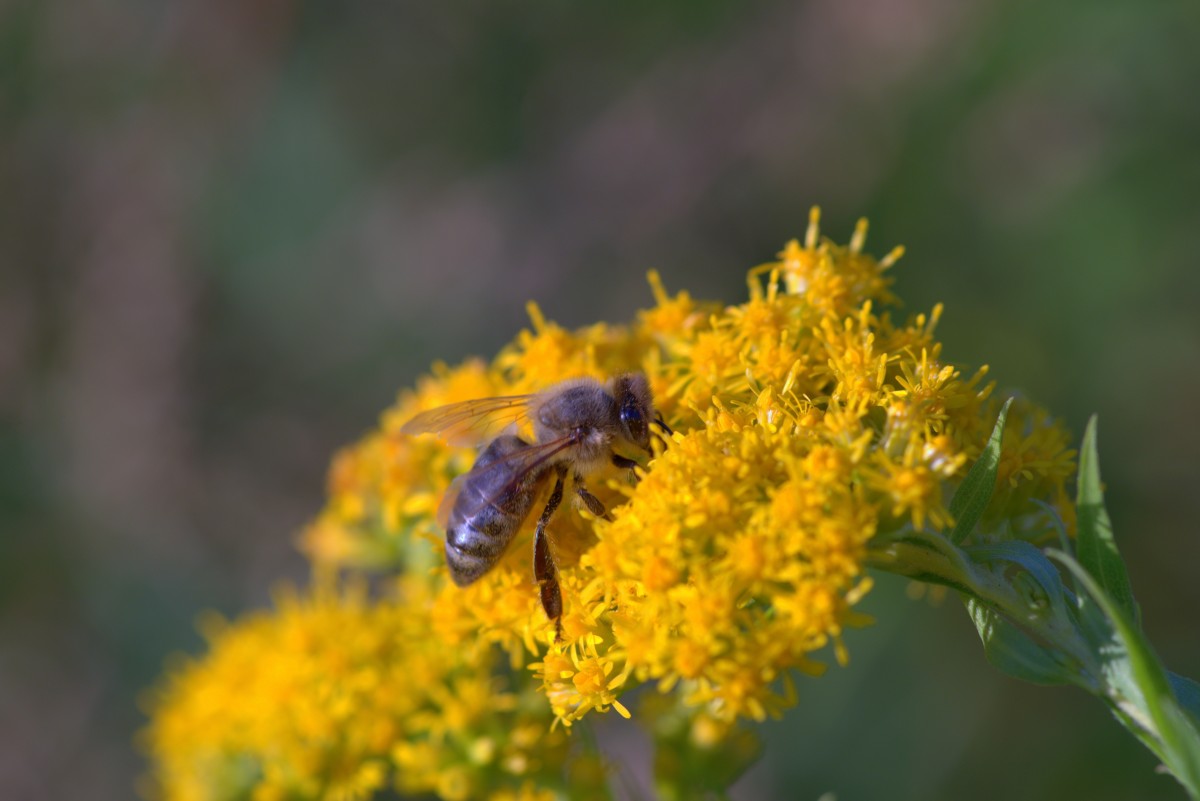
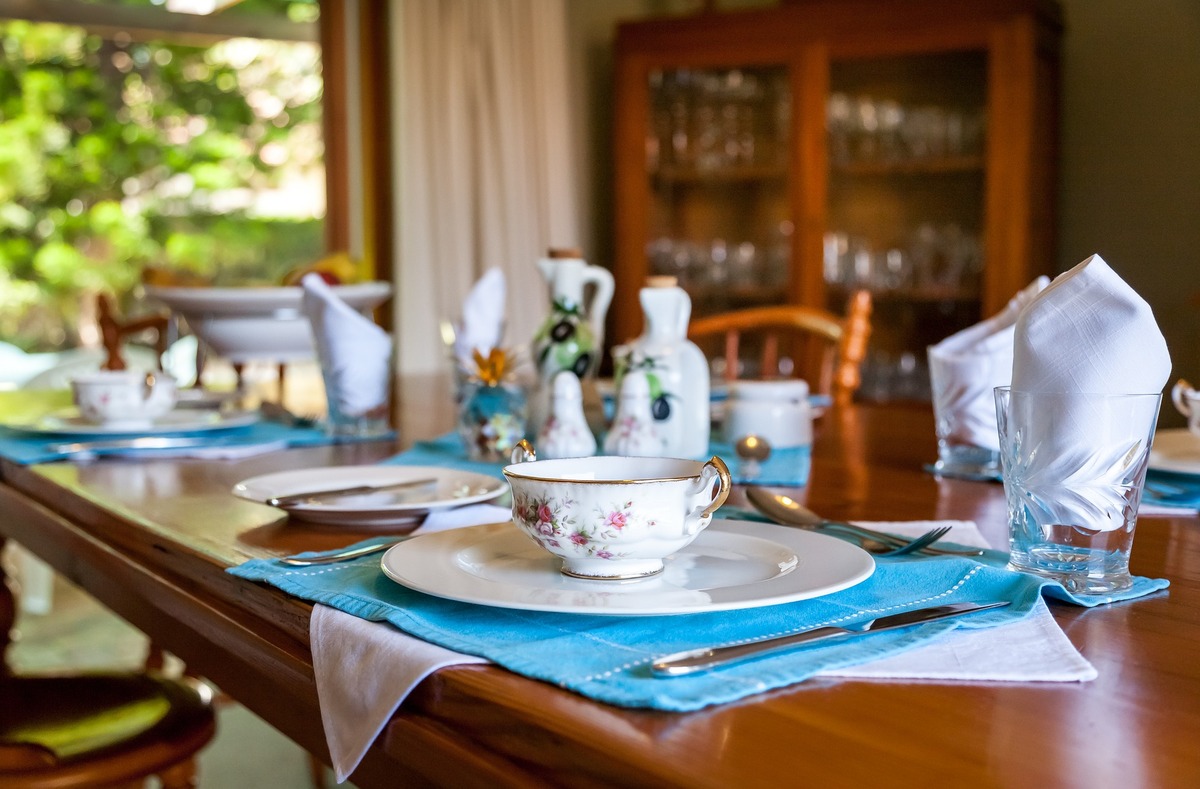

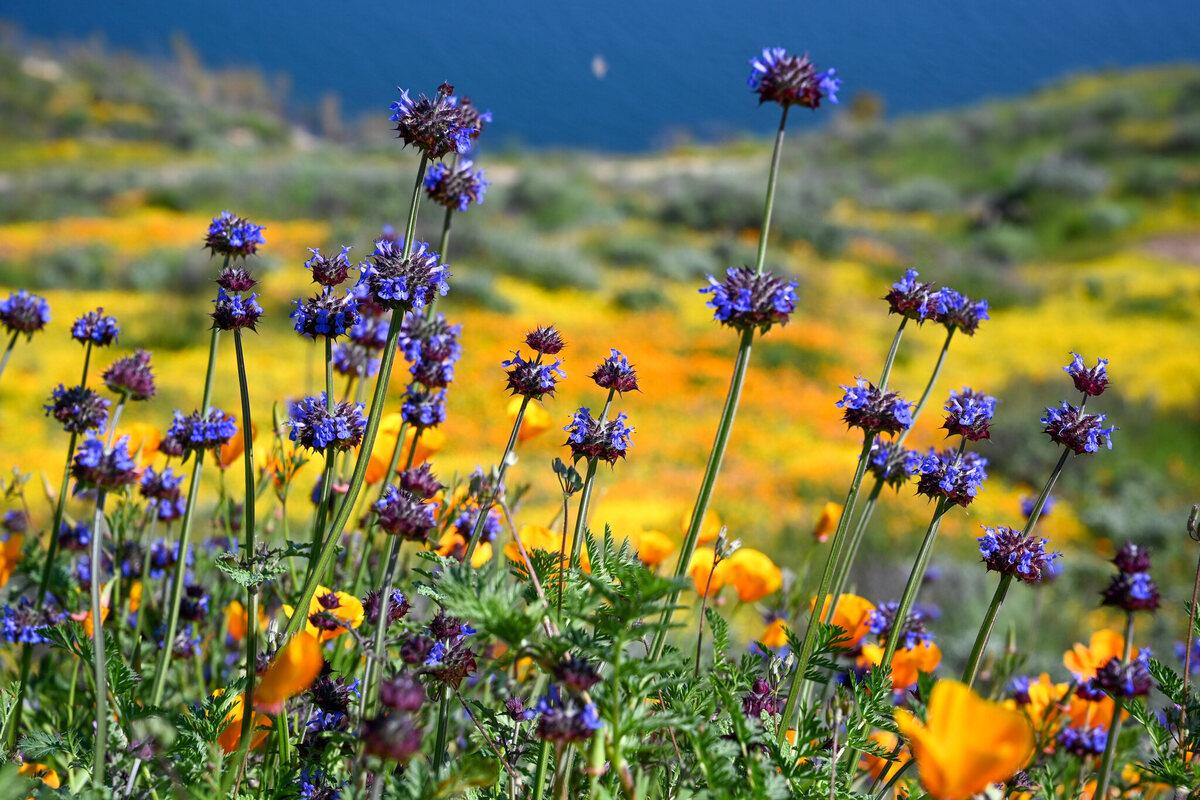
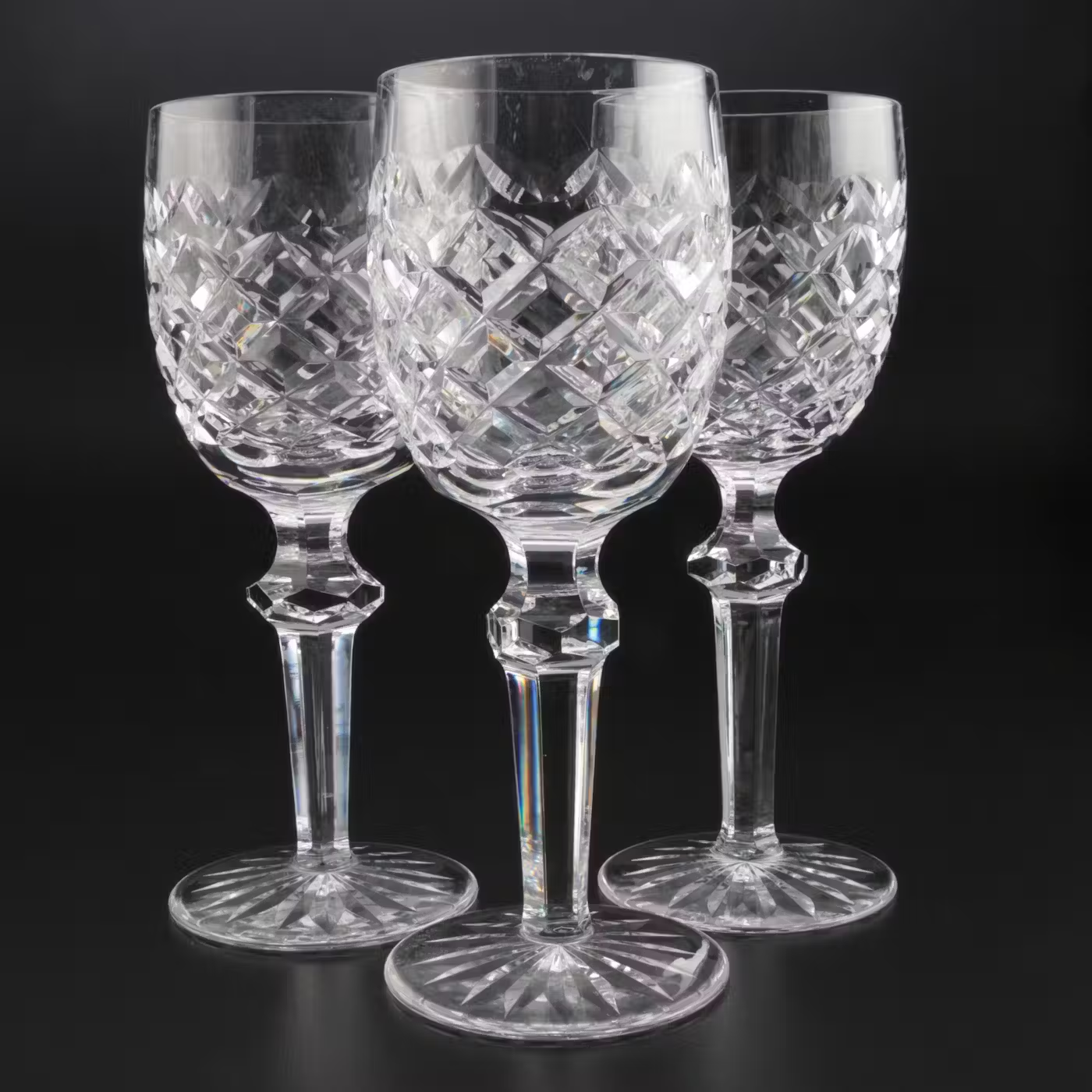
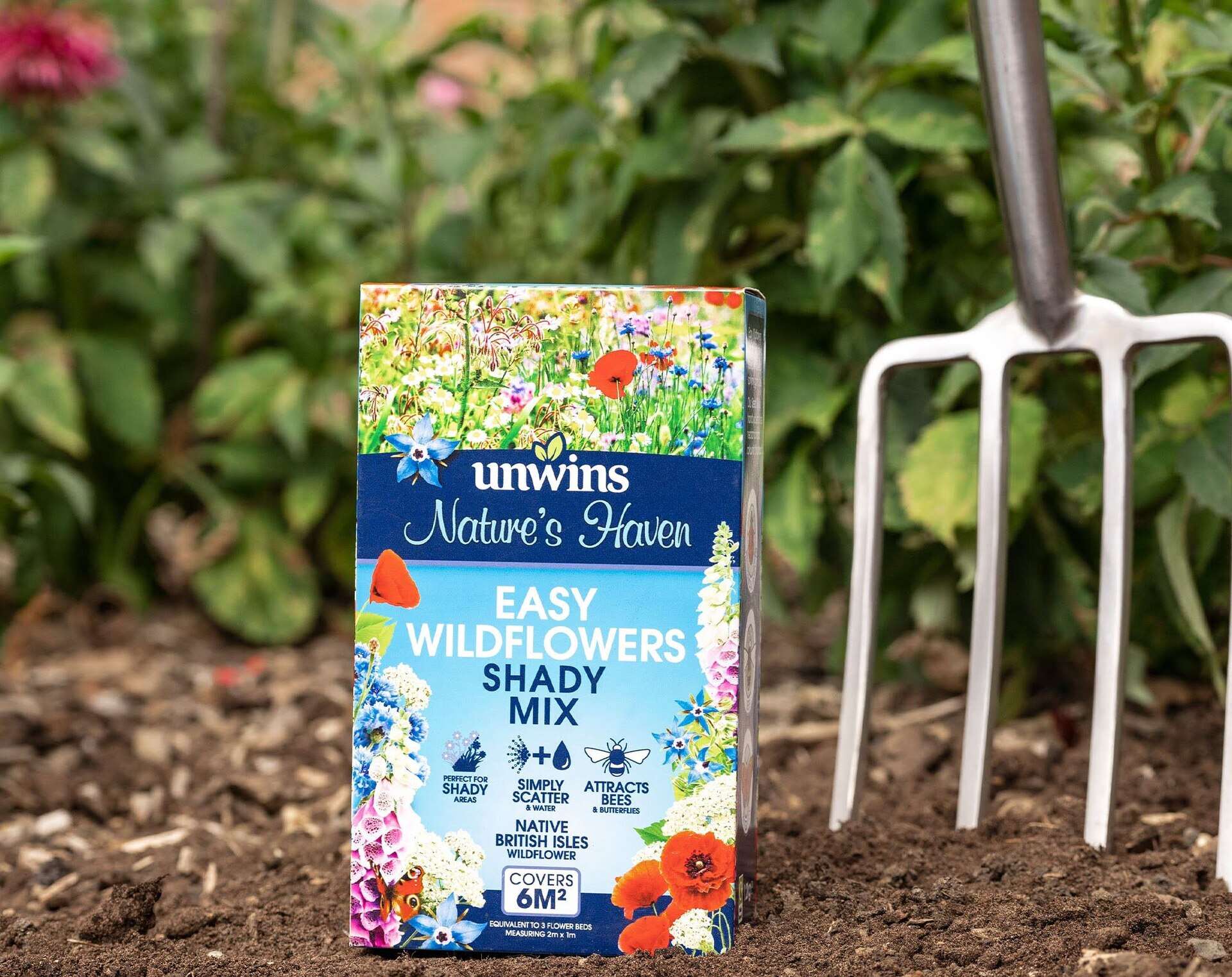
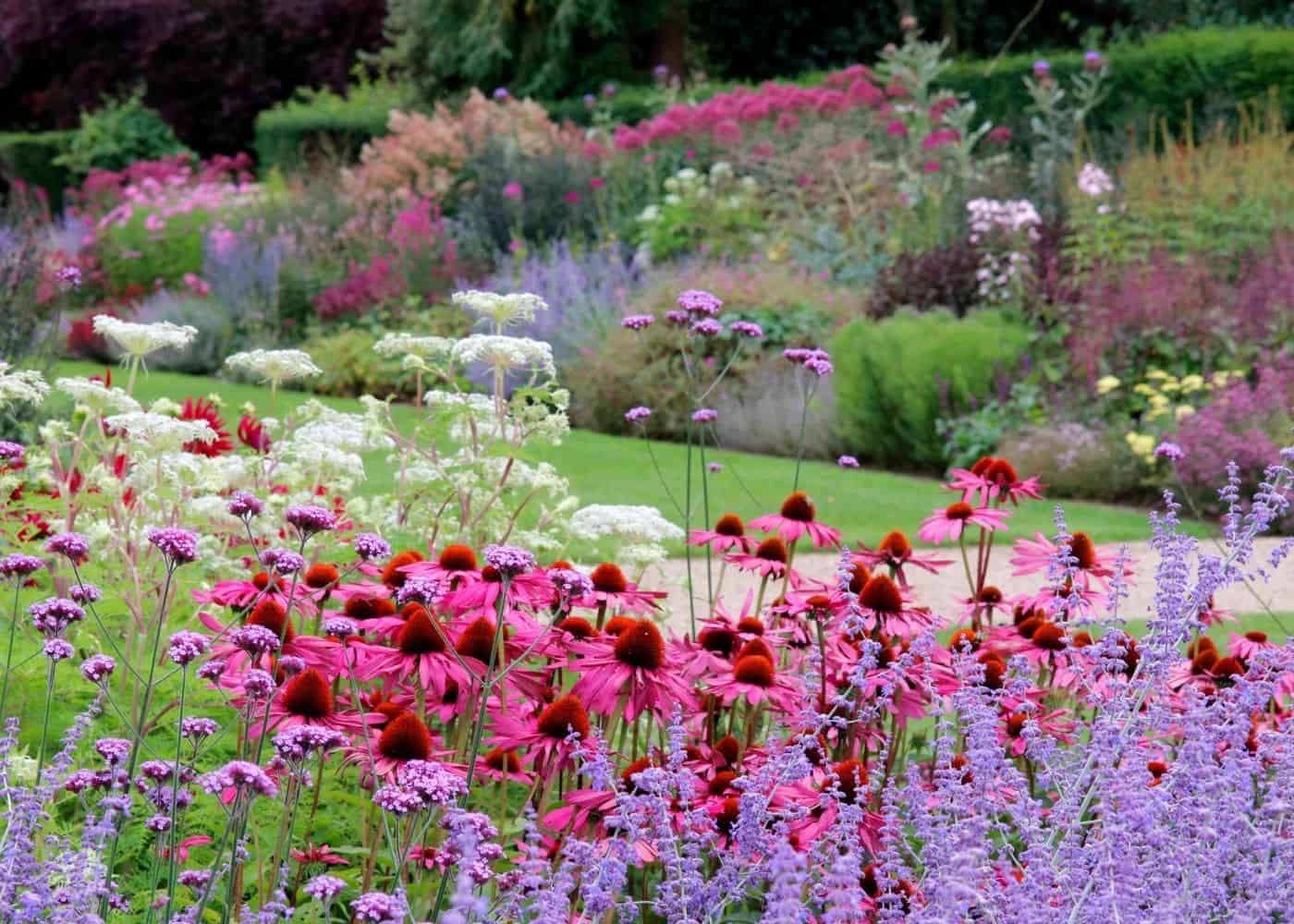


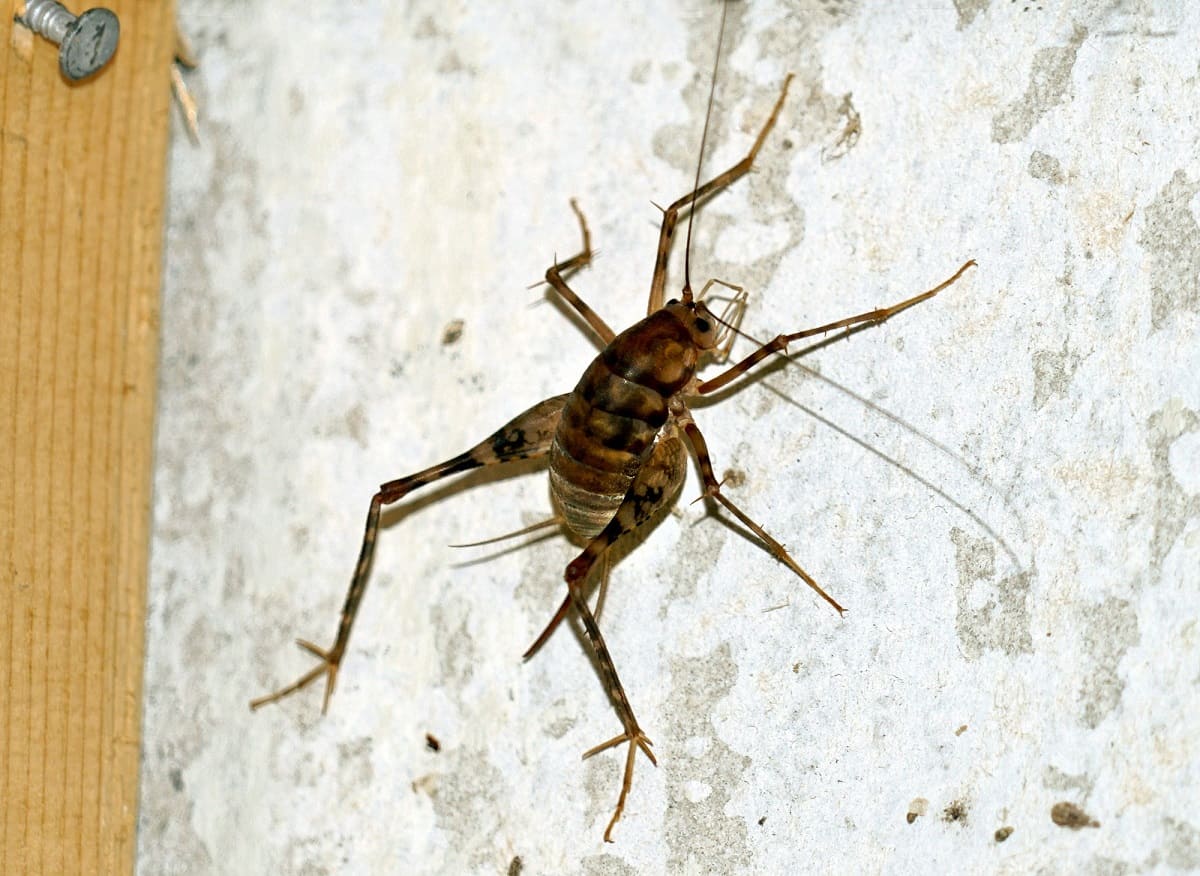
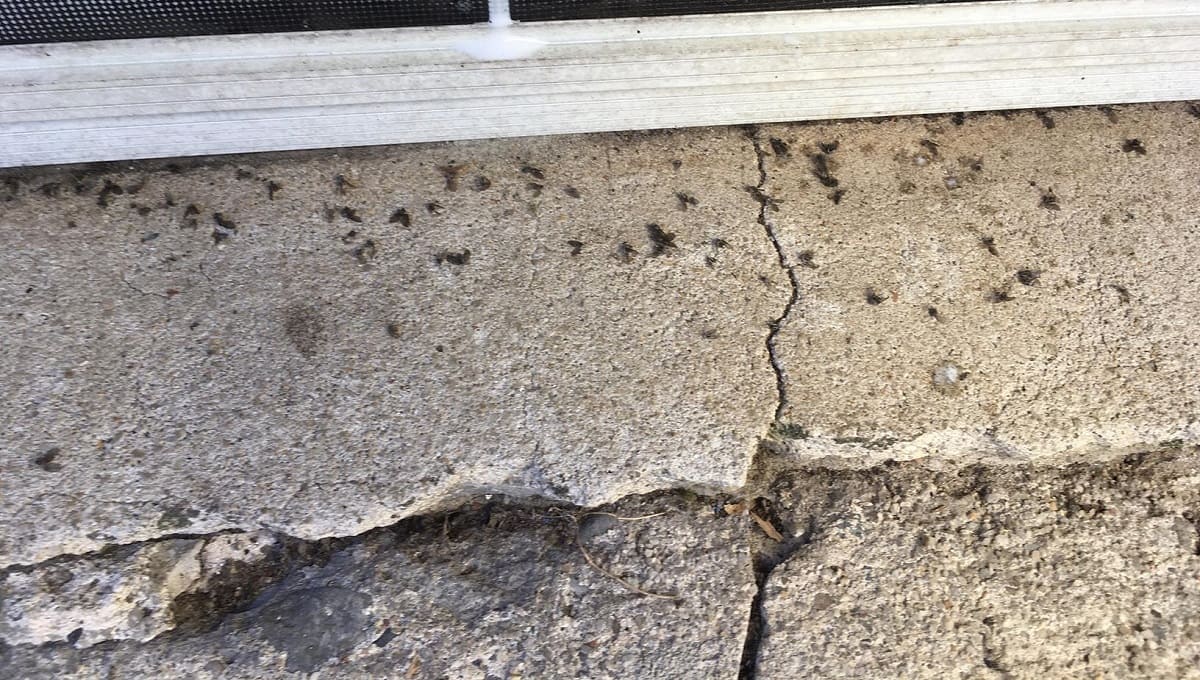

0 thoughts on “What Wildflower Do I Have”